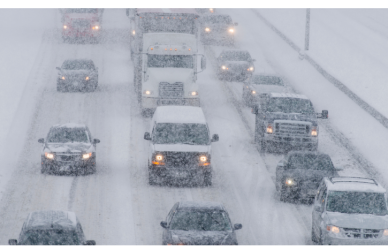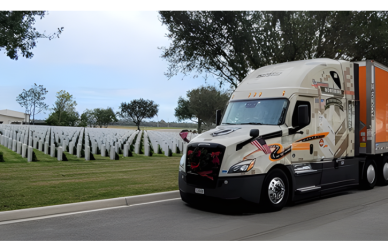The latest fatality data has revealed a disturbing rise in truck driver deaths caused by not wearing seat belts. Federal regulators, particularly the FMCSA, are sounding the alarm over this concerning trend.
“One thing we’re seeing in trucking and other sectors is that seat belt usage is going down,” said Polly Trottenberg, deputy secretary of the U.S. Department of Transportation, speaking at a DOT safety forum. “And when we look at the fatality numbers they are extraordinarily disproportionately people who are unbelted.”
New data from the National Highway Traffic Safety Administration shows that an alarming number of truck drivers killed in crashes of large trucks were not wearing a seat belt. In fact, 64% of these drivers died without buckling up in 2021, up from 59% in 2019 and 44% in 2020.
Seat belt use is critical for safety, as those who did wear one in a crash had a higher chance of survival. The data also shows that 75% of those not wearing a seat belt were completely ejected from the truck, highlighting the importance of buckling up while behind the wheel.
“This is a trend that we’re really focusing on, because it’s pretty clear the numbers are increasing,” said Jessica Powell, a Federal Motor Carrier Safety Administration statistician who presented the data on Tuesday during a meeting of FMCSA’s Motor Carrier Safety Advisory Committee (MCSAC).
MCSAC is working hard to finalize its three-year strategic plan and hopes to have it approved by FMCSA Administrator Robin Hutcheson later this year. During the two-day agenda, the committee will address important issues related to commercial vehicle safety, ensuring that it’s reflected in the strategic plan.
Adrienne Gildea, deputy executive director of the Commercial Vehicle Safety Alliance and vice chair of the committee, has identified the issue as serious enough to warrant inclusion in FMCSA’s strategic plan.
“I think FMCSA should focus across their goals on that issue in particular, including outreach and education,” Gildea said during the meeting.
“They should look more into who these drivers are — younger drivers, older drivers, in certain sectors or regions? Digging into that and understanding who is choosing not to use a safety belt is important and an area where once FMCSA has that information there’s a lot of ways it can be used to improve seat belt use and reduce those fatalities.”
Fatal crashes involving large trucks have risen by 16% and large-truck occupant fatalities have jumped 23%, exceeding 1,000 for the first time since 2005. Pedestrian and work-zone fatalities in large truck crashes have also increased, based on information from NHTSA data.
According to the NHTSA, speeding was the most common truck driver-related factor in these incidents, accounting for 7% of cases, including exceeding speed limits and driving too fast for conditions.
“However, this is such an underreported data element, it’s not a true representation of what’s actually happening on the road,” Powell said, “but it is our best estimate.”
Source: FreightWaves











